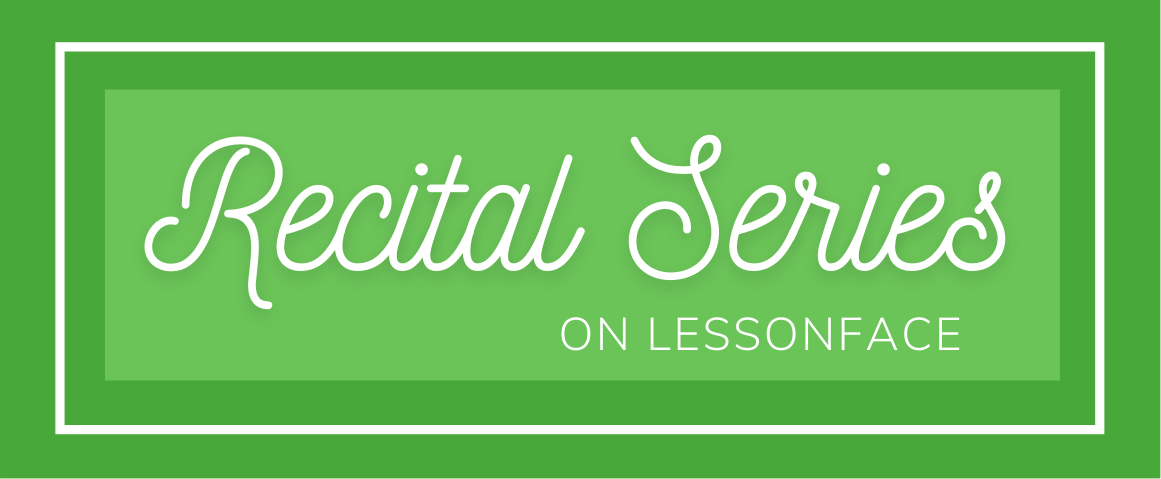Recently a guitar student showed me an exercise device that was designed to build strength left-hand. It was a made of plastic and springs, fit neatly into the palm of your left hand, and had a button that each finger was supposed to depress, against the resistance of a spring.
I do understand the appeal of such devices. Many beginning guitar students are in a big hurry to sound good. Buzzed strings and barre chords seem like insurmountable obstacles, and they're almost impossible to avoid.
My instinct is to be skeptical, in general, of exercise devises for guitarists' hands. In Spanish there's a saying that goes 'A andar se aprende andando', which translates to 'You learn to walk by walking'. I believe best way to learn to play cleanly (ie, without buzzes and muted strings) is to practice the guitar with careful attention to left-hand placement, and to slowly and patiently develop the necessary strength. Likewise, I believe the best way to improve at barre chords is to practice them intelligently. Strength isn't the only (or even most important) ingredient in a barre chord, (that's a whole other topic!).
That said, I have never owned or regularly used one of these devices (aside from briefly trying them out on occasion), so I don't speak from specific personal experience with them. Has any student or teacher done this sort of 'cross-training' for finger strength and had positive results? In spite of my skepticism, I'm keeping an open mind : ) I'm curious what other guitarists have to say.
I do have colleagues with tendonitis, and they've had physical therapists give them squishy rubber balls to squeeze. Has anyone done something like this? Is it more to help with the tendonitis or does it actually help with left hand strength as applied to the guitar, too?





Hi Leah, I've tried the finger strength device and a rubber ball, I think they have 2 different uses. Seems like to me the ball helps with tendonitis some and getting your hands warm, incresing blood flow. The strenth device might improve finger dexterity, but can be over done. I like your statement about learning to walk by walking, makes sense, no substitute for the real thins. A more expensive way to go is acupunture, but it's helped me more than anything.
Hi Leah,
I've been dealing with tendonitis several times in the past years and been treating it with different therapies. A very powerful tool - which gave me lots of relief- it's called " kinesio taping". It is essentially a funny colored tape, if applied properly by a specialist can be very effective since it works with tensions.
As regarding to left hand exercise, totally agree with you. Also I've never find useful training one hand without letting know the other one.
Cheers!
Gabriele
Hi Lou and Gabriele, thanks for jumping in! Reading your descriptions, I do recall seeing colleagues with the rubber ball and the colored tape. Good to know they are both useful and effective. How regularly do you need to get the taping done? Or is it on an as-needed basis?
Hi Leah,
I remember that I changed the taping from session to session so 2 to 3 times per week. You're supposed to keep it until the problem is gone
cheers
Gabriele
Hi All,
I know I'm a bit late to the discussion, but I'm hoping that maybe I can add a few thoughts.
I believe the idea that finger strength is necessary to play guitar is a fallacy. Most guitar playing requires very little actual strength if one is playing a well-made guitar with appropriate string tension. What it does require is careful placement of the fingers. We can minimize the effort needed to depress the string by simply placing our fingers as close to the frets as possible and favoring our fingertips, rather than our finger pads. This is simple to explain, but takes a lot of time to learn.
Where I tend to see problems is when players engage competing muscle groups to play or depress a note. The flexors and extensors control finger movement and they are complementary muscles, kind of like your biceps complement your triceps. If you are trying to raise your fist from your elbow, for instance, then you will need to contract your biceps and relax your triceps. The more you can isolate each muscle, the more efficient the motion will be. Likewise on guitar, if you’re not careful, you can make playing harder on yourself by accidentally engaging both flexors and the extensors, when you only need one. If you are unknowingly using both muscle groups, then it would make sense to think that you need more strength in your fingers, but really, you just need to learn how to use them more efficiently.
In that way, I think it’s much better to learn control, and finger placement than to worry about strength. If anyone is curious about this, feel free to message me or reply to this post and I can provide a little more detail about learning to isolate the two muscle groups.
Hi Warner, thanks for such a well-worded response and explanation! These are exactly the concepts I frequently try to explain to students, and I love the detailed knowledge of physiology your explanation includes. I'll send students to this post for the full explanation in the future. Thanks so much : )
Leah
Hi Warner,
I'm with you with this explanation!